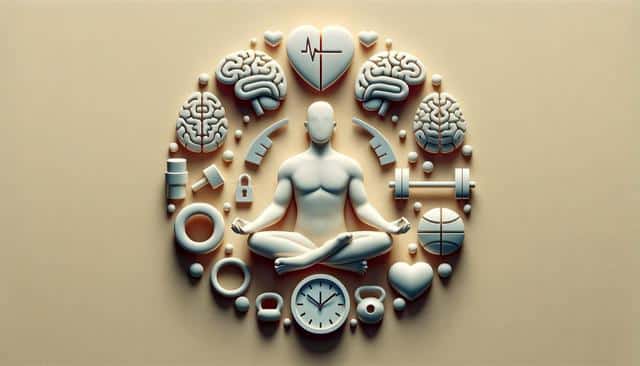
Exercises That May Support Recovery After a Stroke
Understanding Stroke Recovery and Physical Activity
Stroke recovery is a multifaceted process that often includes medical treatment, rehabilitation, and lifestyle changes. One key component of rehabilitation is physical activity, which plays an essential role in enhancing neurological recovery and improving overall well-being. After a stroke, many individuals experience muscle weakness, reduced coordination, and limited mobility. Regular, guided exercise can help address these issues and promote a return to daily function. It’s important to consult with a healthcare professional or physical therapist before beginning any exercise routine to ensure it is safe and tailored to individual needs.
Engaging in physical activity post-stroke can also support mental health by reducing feelings of depression and anxiety, which are common after such a life-changing event. Furthermore, exercise has been shown to improve cardiovascular health, which is crucial for preventing future strokes or heart-related complications. The goal of post-stroke physical activity is not just to rebuild muscle strength but also to enhance independence and quality of life.
Stretching to Improve Flexibility and Reduce Muscle Tightness
Stretching exercises are often among the first movements introduced during stroke rehabilitation. These exercises can help reduce muscle stiffness, increase range of motion, and prevent joint contractures. Post-stroke spasticity—when muscles become stiff or rigid—is common, and regular stretching can help alleviate this issue.
Key areas to focus on include:
- Shoulders and arms: Gentle arm lifts and shoulder rolls can help maintain joint mobility.
- Legs and hips: Hamstring stretches and hip openers can aid in walking and balance.
- Neck and back: Slow, controlled movements can reduce upper body tension.
Stretching should always be done slowly and within the comfort zone, avoiding any sudden or forceful movements. It’s often beneficial to integrate stretching with breathing exercises to encourage relaxation and body awareness.
Strength Training for Rebuilding Muscle Function
Strength training is another critical part of stroke recovery. After a stroke, muscle weakness or paralysis can affect one side of the body, making it difficult to perform daily activities. Targeted strength exercises can help rebuild lost muscle mass and improve functional movement.
Common strength-building activities include:
- Resistance band exercises for upper and lower limbs
- Chair squats or sit-to-stand exercises to improve leg strength
- Light weightlifting for arm and shoulder muscles
It’s important that these exercises begin with low intensity and gradually increase based on progress and tolerance. A physical therapist can guide the process to ensure proper technique and safety. Strength training not only enhances movement but also supports joint stability and balance.
Balance and Coordination Workouts
Balance and coordination are often impaired after a stroke due to changes in brain function and muscle control. Improving these skills is vital for reducing the risk of falls and regaining independence. Balance training helps individuals learn how to stabilize the body during movement, while coordination exercises improve the timing and control of different muscle groups working together.
Effective exercises might include:
- Standing on one foot with support
- Heel-to-toe walking along a line
- Weight shifting from side to side while standing
- Seated ball tosses or hand-eye coordination drills
These activities should be done under supervision, especially in the early stages of recovery. Tools such as balance boards, stability balls, or parallel bars may be used to provide additional support and safety during practice.
Incorporating Aerobic and Functional Movements
Aerobic activities can help improve cardiovascular endurance, which is essential for overall health and long-term recovery. Functional movements, on the other hand, focus on daily living tasks and are often integrated into therapy sessions to enhance real-world mobility.
Examples of aerobic and functional exercises include:
- Walking short distances with or without assistance
- Stationary cycling with modified equipment
- Marching in place or side-stepping
- Practicing transfers from bed to chair or from sitting to standing
These exercises not only build endurance but also reinforce muscle memory and practical skills needed for daily routines. Starting with short, low-impact sessions and gradually increasing intensity as tolerated can provide steady progress without overwhelming the body.
Conclusion: Moving Forward with Purpose
Exercise is a powerful tool in the journey of stroke recovery. From gentle stretching and strength training to balance exercises and aerobic movement, incorporating physical activity can make a meaningful difference in regaining independence and improving quality of life. Each individual’s recovery path is unique, so it’s crucial to work closely with healthcare providers to develop a personalized exercise plan that aligns with specific needs and capabilities. With consistent effort and the right support, many stroke survivors can experience significant improvements in mobility, strength, and confidence over time.


